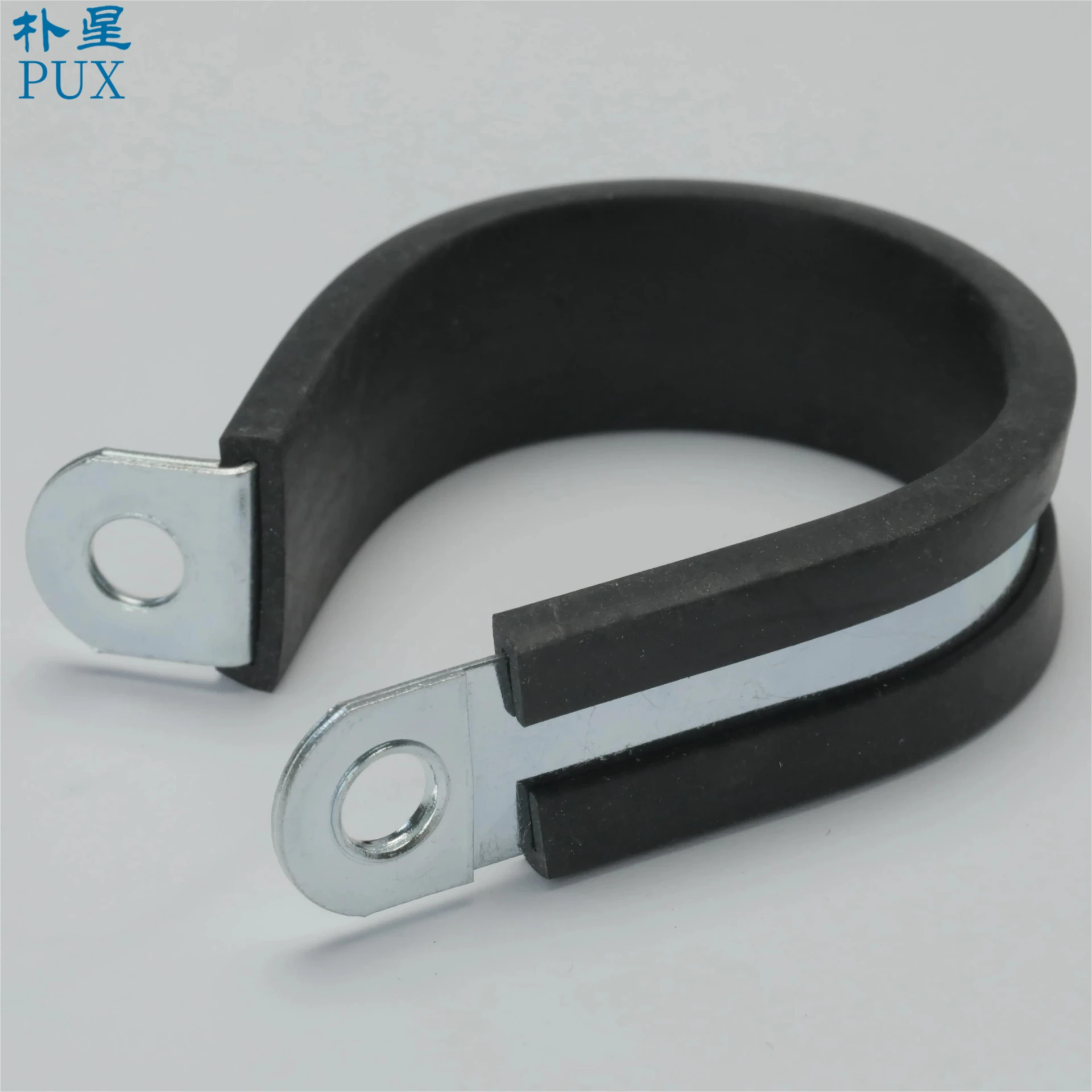- Phone:+86-17331948172 +86-0319-8862898
- E-mail: inquiry@puxingclamp.com
Nov . 24, 2024 14:42 Back to list
#36 hose clamp
Understanding Hose Clamps Their Importance and Applications
Hose clamps, often underestimated in their significance, play a crucial role in various industries and everyday applications. These versatile devices are primarily used to secure hoses to fittings, thereby preventing the leakage of liquids or gases. Whether in automotive, plumbing, or industrial applications, understanding the function and varieties of hose clamps can enhance maintenance efficiency and improve system reliability.
What is a Hose Clamp?
A hose clamp is a device typically made from metal or plastic that secures a hose onto an attachment point, such as a barb or a nipple. By applying uniform pressure around the circumference of the hose, it ensures that the connection remains tight and leak-proof. Hose clamps come in various designs and sizes, catering to a multitude of applications and specifications.
Types of Hose Clamps
1. Screw/Socket Hose Clamps The most common type of hose clamp, it uses a screw mechanism to tighten the clamp around the hose. These clamps are easy to install and adjust, making them ideal for various applications from automotive to home plumbing.
2. Spring Hose Clamps Made from spring steel, these clamps are designed to automatically adjust to changes in hose diameter due to temperature fluctuations. They are particularly useful in automotive cooling systems.
3. Wire Hose Clamps These are simple clamps made from a single piece of wire that wraps around the hose and fittings. They are commonly used for low-pressure applications.
4. Ear Clamps Typically used in high-volume manufacturing, ear clamps require a special tool to apply them. They are favored for their ability to create a strong, permanent seal.
#36 hose clamp

5. Ratcheting Hose Clamps These clamps utilize a ratchet mechanism to ensure a secure fit. They are adjustable but are often used in applications where higher pressures are involved.
Applications of Hose Clamps
Hose clamps are ubiquitous in our daily lives. In automotive settings, they secure hoses in the cooling systems, fuel lines, and air intake systems. A loose or failing clamp in these areas can lead to dangerous leaks or engine failures, making the quality and reliability of hose clamps critical.
In plumbing, hose clamps are used to connect hoses to various fixtures and appliances. Whether it's in washing machines or drainage systems, a sturdy hose clamp can prevent water damage and maintain the integrity of the plumbing system. Additionally, hose clamps are utilized in lawn and garden equipment, ensuring that irrigation hoses remain securely attached at all times.
Beyond everyday applications, hose clamps also serve essential functions in industrial settings. In manufacturing processes, they hold hoses that transport various substances, ensuring a reliable flow without risk of spillage. The food and beverage industry also uses specialized clamps that meet sanitary standards, ensuring that products are safe for consumption.
Choosing the Right Hose Clamp
When selecting a hose clamp, several factors must be considered, including the hose material, diameter, and the type of fluid or gas being transported. It’s essential to choose a clamp that provides the proper amount of pressure to maintain a seal without damaging the hose. For high-temperature applications, materials such as stainless steel clamps are preferred due to their durability and resistance to corrosion.
Conclusion
Hose clamps may seem like simple tools, but they are integral components in ensuring the functionality and safety of various systems. Whether in a car, home, or industrial environment, a reliable hose clamp can prevent costly leaks and failures. As technology continues to advance, the designs and materials used for hose clamps will likely evolve, further enhancing their effectiveness and application versatility. Understanding these essential devices will ultimately contribute to more efficient maintenance and a better appreciation of the intricate systems they support.
-
Large Stainless Steel Adjustable American Type Hose Clamp - Hebei Pux Alloy Technology Co., Ltd|Corrosion Resistance&High Breaking Torque
NewsJul.30,2025
-
Large Stainless Steel Adjustable American Type Hose Clamp - Hebei Pux Alloy Technology Co., Ltd
NewsJul.30,2025
-
Large Stainless Steel Adjustable American Type Hose Clamp - Hebei Pux Alloy Technology Co., Ltd|Corrosion Resistance&Industrial Applications
NewsJul.30,2025
-
Large Stainless Steel Adjustable American Type Hose Clamp-Hebei Pux Alloy Technology Co., Ltd|Corrosion Resistance, Adjustable Design
NewsJul.30,2025
-
Large Stainless Steel Adjustable American Type Hose Clamp - Hebei Pux Alloy Technology Co., Ltd. | High Breaking Torque & Corrosion Resistance
NewsJul.30,2025
-
Large Stainless Steel Adjustable American Type Hose Clamp - Hebei Pux Alloy Technology Co., Ltd
NewsJul.30,2025




